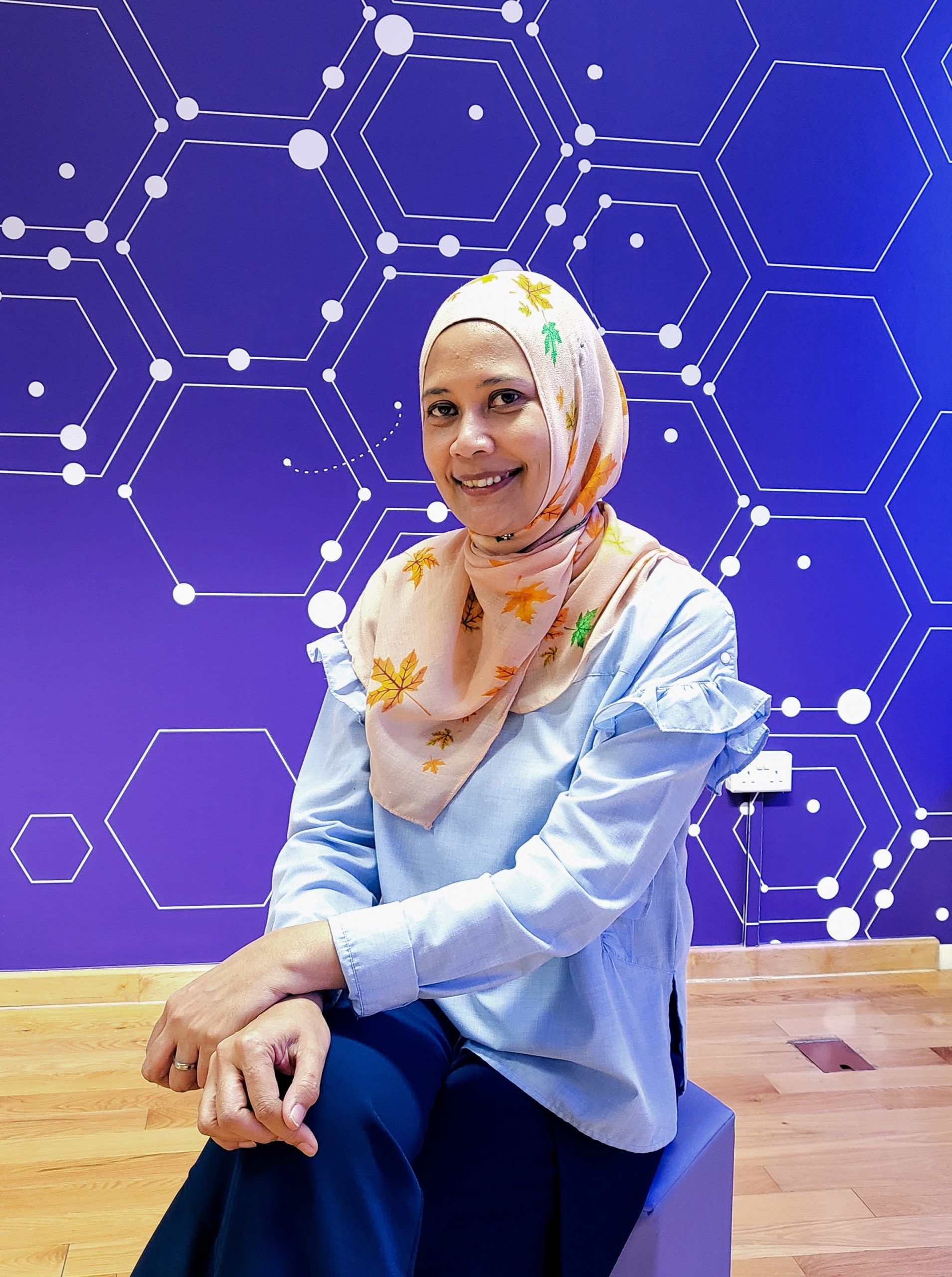Why Singapore’s English Teachers Should Embrace Singlish, Not Fight It
Is it time for Singaporean educators to embrace Singlish as a legitimate learning tool? What the Research […]
Read More
Positive teacher learning (PTL) is one of the components of the responsive classroom approach which emphasizes the creation of a joyful student-centred classroom environment as well as the importance of respectful social interaction. In their virtual presentation at the Redesigning Pedagogy International Conference 2022, NIE lecturer Dr Ailsa Goh and Anderson Primary School teacher Mdm Haslinda Hashim shares about PTL and how teachers can harness this teaching approach as an intervention for effective mindset practice.
Dr Ailsa Goh from the Psychology and Child & Human Development Academic Group at NIE, conducted a research study which explores how positive teacher language (PTL) can impact student academic achievement, classroom engagement, social and emotional development as well as teacher-student relationship. Her team monitored the implementation of PTL in six primary school classrooms. All of the 12 teachers involved were also trained in PTL.
She shares that the teachers found PTL to be beneficial for the students. However, the teachers also reported that they found it quite challenging to consistently use PTL in the classroom.

Mdm Haslinda Hashim (right) from Anderson Primary School, one of the six schools involved in the research study, agrees. “Adopting PTL in the classroom means that we have to change the language and tone we use when interacting with the students. At times we might feel awkward or uncomfortable but as we familiarize ourselves in carefully choosing our words, using the appropriate tone and body language in order to maintain a respectful interaction with our students, the calmer and more patient we become.”
She adds that when students sense genuine care from their teachers, they will also respond more respectfully. “Having gone through PTL for a few years now, I strongly believe that PTL should be the language we practice in our classroom,” she says.
By adapting PTL training materials from the Responsive Classroom Approach published by the Northeast Foundation for Children (2010), Ailsa and Haslinda shares that there are five types of positive teacher language—Envisioning language; Reminding language; Reinforcing language; Redirecting language; and Open-ended questions.
Haslinda shares that teachers from her school set class routines at the start of the school year. This involves regularly interacting with the students using positive words such as “You are a responsible and respectful student!”
“This an example of envisioning language, which are statements and questions that help students form their vision of themselves achieving success. This will set a positive tone for future work and engage students in problem-solving,” she explains. “We need to show that we have faith in our students that they can be responsible and respectful learners.”
PTL is also incorporated in Anderson Primary School throughout the year. Teachers will find opportunities, for example in between lessons or at certain moments of the day, to use PTL.
“This can occur, for instance, when we are encouraging our students not to give up. We will ask them open-ended questions such as ‘Why are you having difficulties in solving this question?’. Asking such open-ended questions can help them understand the problems they are facing,” she explains.
When they manage to complete their work, teachers will affirm them and continue asking open-ended questions such as “Today you managed to complete your work. How did you do that?”.
“By allowing students to recall the steps taken to complete the assigned work, they will be more likely to maintain that behaviour,” she says.
“Reminding language helps students take responsibility for remembering and meeting expectations.”
– Haslinda, on how reminding language can help students
At the end of each semester, students have to self-assess their behaviour and attitude. According to Haslinda, the use of PTL by the teachers not only helps students to seriously reflect on their behaviour and attitude, but also guides them through the growth mindset process.
“At the end of each semester, the teachers will use reminding language to get the students to express or recall the statements that have been agreed upon at the beginning of the year,” she notes. “Reminding language helps students take responsibility for remembering and meeting expectations. It also supports students in pausing and visualizing what they need to do before they take action.”
Reinforcing language refers to words used to identify and affirm students’ specific and positive actions. She mentions that her school has dedicated parts of the classroom noticeboard for students to show gratitude, appreciation, or give affirmation to their peers.
“When students affirm and show gratitude and appreciation for their peers, they will be more motivated to continue building on those positive behaviours,” she says.
Haslinda recalls an incident in which she had used sarcasm to redirect student misbehaviour. The student, however, was unable to understand what she was trying to convey.
“It dawned on me that students need clear and non-negotiable instructions when we want to direct them to change their behaviour. Redirecting language can help students regain self-control when they are unable to do so alone,” she notes.
Haslinda asserts that when teachers use positive teacher language, they are encouraging students to create attainable visions of themselves achieving success. “As teachers, we must show our faith in our students and their intentions. We should also encourage them to think about their own learning and thinking.”
She shares that Carol Dweck, an expert in growth mindset, has said that successful growth mindset interventions begin not with students, but with teachers. Teachers need to change their practices in their classrooms first.
“We cannot simply teach growth mindset concepts to our students with the use of charts and PowerPoint slides,” she emphasizes. “A growth mindset is also about implementing teacher practices that focus on growth and learning, and one such practice that we can adopt in the classroom is through the use of PTL.”
Reference
Northeast Foundation for Children (2010). Teacher Language professional development kit. Turner Falls, MA: Northeast Foundation for Children.